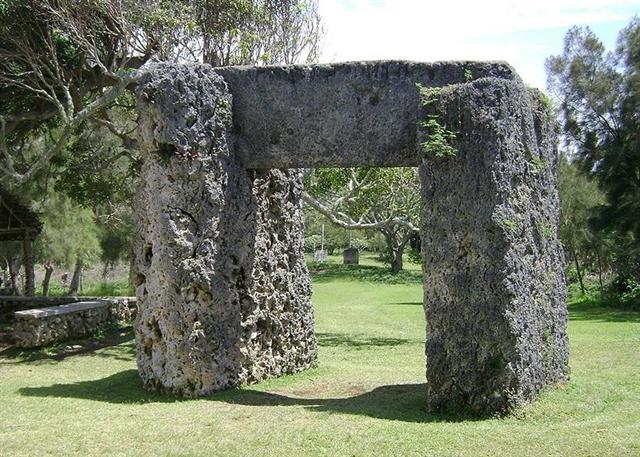2. To be forced to go back in time is not a problem for us but a benefit, we are given the opportunity to look (tikea) again.
The following is the updated 12th hour of the G text. I am confident the dates are right, but we should keep in mind our way of using whole day numbers, together with our belief that a day of feast should begin in the evening and finish in the morning. Below, for instance, I have placed Dubhe (α Ursa Majoris) in September 5 (day 248 in our calendar) because 248 = 104 + 144 (where 104 = 168 - 64):
The first star to rise in Virgo is ω which coincides with a very special Rei - no 'flames' but instead with at the back side an arm with empty hand hanging down (we remember how the dead Ceasar was carried on a stretcher by 3 of his slaves and where the 4th should have been his arm was hanging down to earth). The preceding glyph (where we can count 42 * 7 = 294) has a henua where the top is sloping downwards. The following henua (where 5 * 2 = 10 also suggests the final of the rule of the 'Lion') is located 177 days beyond spring equinox north of the equator (0h). The day of ω Virginis is the preceding day, viz. September 13 (an ominous number). According to our calendar September 13 is day 256 (= 16 * 16):
The signs at the beginning of the 12th hour seem to say that when on Easter Island spring equinox (September 16) is on its way, then it is the opposite situation north of the equator. However, north of the equator the heliacal rising of Denebola does not mark autumn equinox (September 22) as I early thought - see in the table below - but the star indicates there are 6 days remaining to autumn equinox:
My rule of thumb, to add 144 to the glyph numbers in order to reach day numbers in our calendar means 115 at Denebola (Ga5-4) should correspond to day 115 + 144 = 259 in our calendar, 3 days beyond 256 at ω Virginis. Autumn equinox (north of the equator) usually is in September 22, i.e. 9 days (and glyphs) beyond September 13. But this happens in the 13th hour. ... I may have been a little careless with the details. Autumn equinox north of the equator is according to my table day number 266 (or 275 from winter solstice), but September 22 is normally day number 265 in the calendar. I once based the estimate 266 on the years 2001-2004 and all these 4 years autumn equinox was in day 266 counted from January 1. In the current year (2013) autumn equinox will be in September 22 while in 2011 it was in September 23. In 2012 an extra day in February adjusted the calendar. I will not update my somewhat faulty table above, it has served its purpose and we can now forget about in. It is better to use our own calendar as a frame of reference. Notably π Virginis is rising heliacally at the border between 12h and 13h:
5 (as in 'fire') is at left and at right is 7 ('land'). The figure running away at left (in the past) has a very high neck which presumably alludes to the high sky roof of summer. Vai at right has only 3 flames as if it was a sign to indicate a state of 'death' (like at the stretcher of the dead Ceasar). It is hardly a coincidence that Ga5-7 can be regarded as glyph number 472 + 118 = 590 = 20 lunar synodic months. 12h is halfway to 24h. If we should count the cycle of the year as 364 regular days (excluding the extra tail period which is ca 1¼ days long), then π Virginis would be positioned exactly right (182 = 364 / 2). The letter π was used since at least (cfr Stonehenge) the time of the Greeks as a sign for the portal at halfway through the circle:
... In June 21st 1967 at dawn his majesty was present at this place and it was a thrilling moment when the sun rose at the exact point indicated by his interpretation of the lines etched on the great stone... (cfr at Tauono). Alaraph (β) at Ga5-5 is interesting:
"Beta Virginis (β Vir, β Virginis) is a star in the constellation Virgo. It has the traditional names Zavijava (also Zavijah) and Alaraph. Despite being the beta star of the constellation Virgo it is only the fifth star in order of brightness ... Since it is close to the ecliptic, it can be occulted by the Moon and (very rarely) by planets. The next planetary occultation of Zavijava will take place on 11 August 2069, by Venus. This was the star Einstein used during the solar eclipse of September 21, 1922, to determine the speed of light in space, as it was close to the Sun ... The medieval name Zavijava (Zavijah, Zavyava, Zawijah) is from the Arabic zāwiyat al-cawwa’ 'Corner of the barking (dog)'. Another name was Alaraph." (Wikipedia) |
|||||||||||||||||||||||||||||||||||||||||||||||||||||||||||||||||||||||||||||||||||||||||||||||||||||||||||||||||||||||||||||||||||||||||||||||||||||||||||||||||||||||||||||||||||








